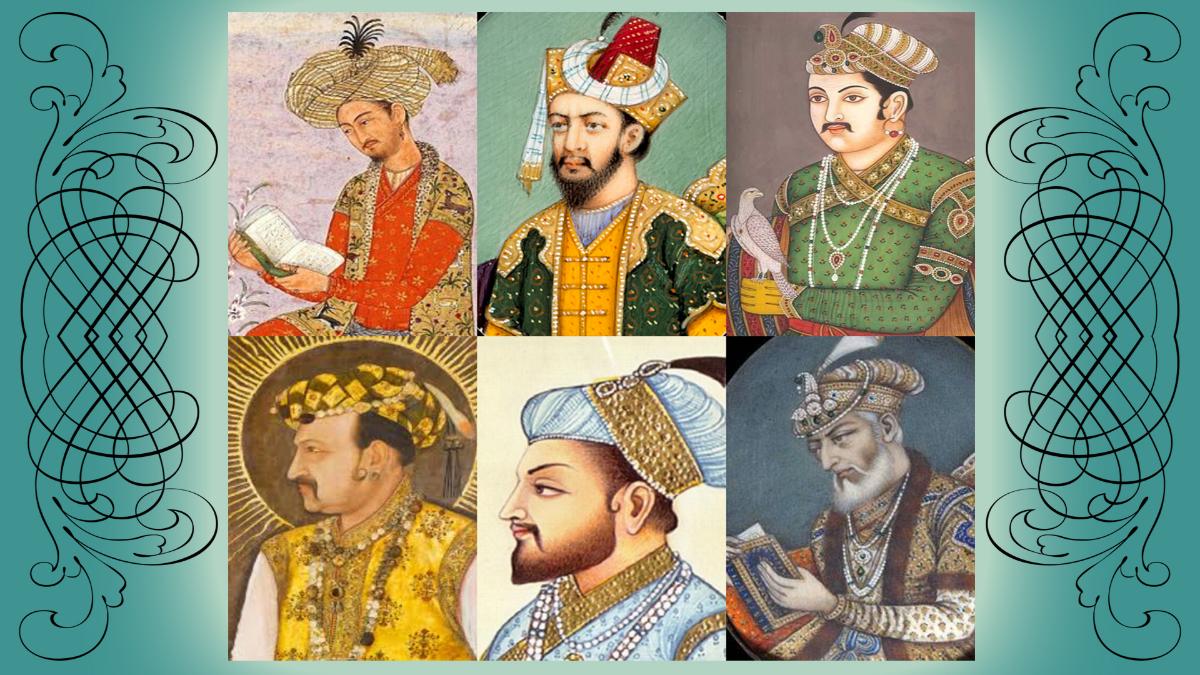
SHERSHAH SURI AND AFGHAN EMPIRE(1540-55)
His real name was Farid.
He was born to Hasan, a Jagirdar of Sasaram and Hajipur.
He joined Babar Khan Lohanis service and was then appointed as the Deputy Governor of Bihar.
He usurped the throne as 'Hazarat-i-Ala'.
He gained Chunar by marrying Lad Malika, the widow of Governor of Chunar.
In 1539, he captured Chausa from Hamayun. He assumed the title of Shersha as emperor.
He also issued coins and Khutba was read in his name. The whole area rom Bengal to Banaras was under his empire.
Battle of Kannauj: He also annexed Kannauj after defeating Humanyun.
Battle of Samel (1544) Defeated Rajput forces of Marwar.
The campaign of Bundelkhan was the last campaign of his life. While besieging its fort at Kalinjar, Sher Shah got burned due to fire in the bundle of rockets in 1545.
Administration
For administrative convenience, Shershah divided his whole empire into 47 divisions called Sarkars and further into smaller Parganas.
Pargana, composed of a number of villages and was under the charge of Shiqdar, who looked after the law, the order and general administration of the Pargana. The Mail or Munsif looked after the collection of land revenue in the Pargana.
Civil cases of the pargana were headed by Amin and criminal cases by a Qazi or Mini-i-Adal.
He introduced the principle of local responsibility for local crimes.
Administrative Unit Head
Iqta (Province) Amin and Haqim
Sarkar (District) Shiqdar-i-shiqdarana nd Munsif-i-Munsifan
Pargana (Taluka) Shiqdar and Munsif
Gram (Village) Amil and Muqaddam
REVENUE SYSTEM
Land was measured using the Sikandari-gaz; one-third of the average produce was fixed as tax.
The peasant was given a Patta and Qabuliyat, which fixed the peasants rights and taxes.
Zamindars were removed and taxes were directly collected.
Others
Shershah introduced a regular postal service.
He introduced silver rupiya.
He promoted trade and commerce by reducing the number of customs duty at collecting points.
Shershah improved the transportation by building roads. The roads built by Sher Shah were termed as ‘the arteries of the empire’. Sarais were built on the road. He restored the old imperial road Grand Trunk from Sonargaon in Bengal to Peshawr.
He built Purana Qila, along with Grand-Trunk. He also built his tomb at Sasaram in Bihar.
Malik-Muhammad Jayasi wrote Padmavat (Hindi) during his reign.
Tarikh-i-Shershahi was written by Abbas Khan Sarwani, his court historian
